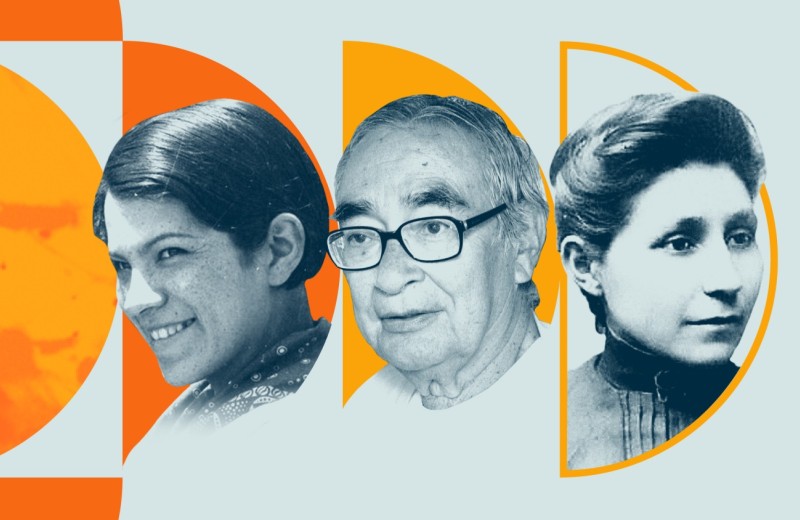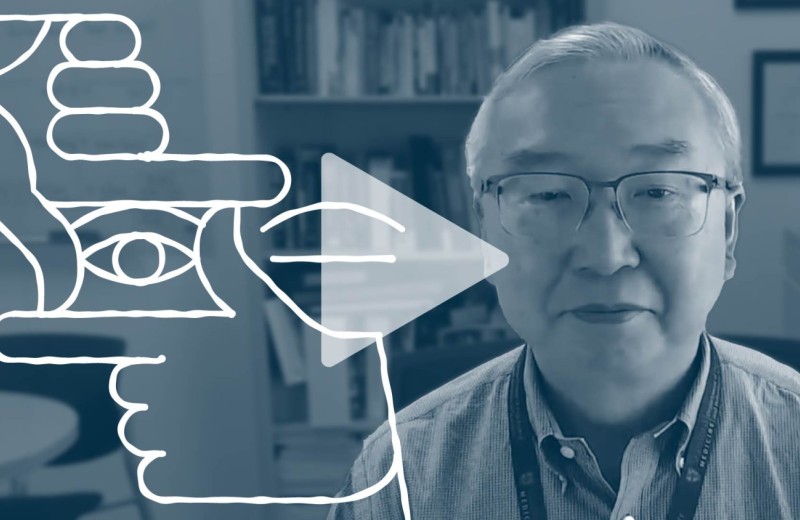Gladstone NOW: The Campaign Join Us on the Journey✕
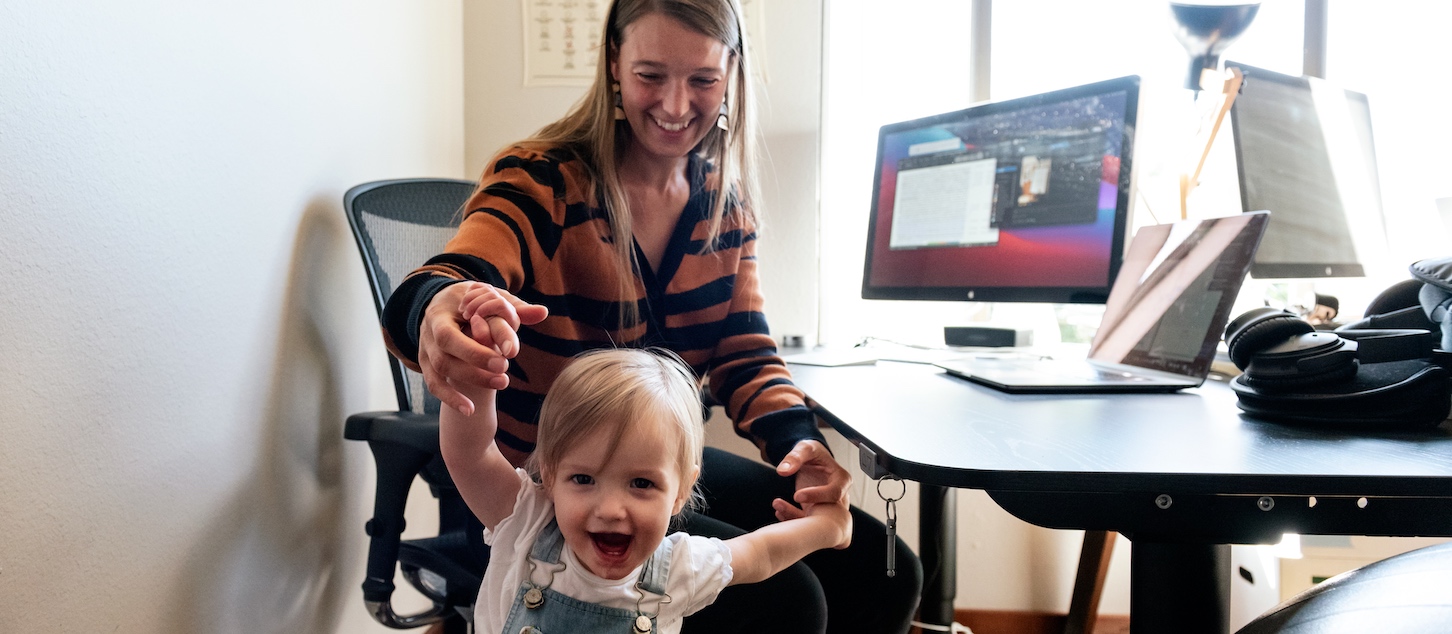
Here’s what five mothers in STEM have to say about how organizations can better support them
With Mother’s Day around the corner, you may be thinking about all the support and joys your mother has provided you throughout your life. But it’s also important to recognize the struggles she may have faced, particularly if she’s also a scientist.
A study has reported the unfortunate reality that nearly half of new mothers leave full-time employment in STEM after having children. Many mothers find it difficult to reconcile caregiving responsibilities with their career, while others feel pushed out by the lack of flexibility in their workplace or by presumptions that mothers are less committed to their work after having children. And the COVID-19 pandemic has only exacerbated these issues, and the pressures felt by all parents.
Five scientists at Gladstone comment on their own experience in motherhood, and discuss how organizations can better support mothers working in STEM.
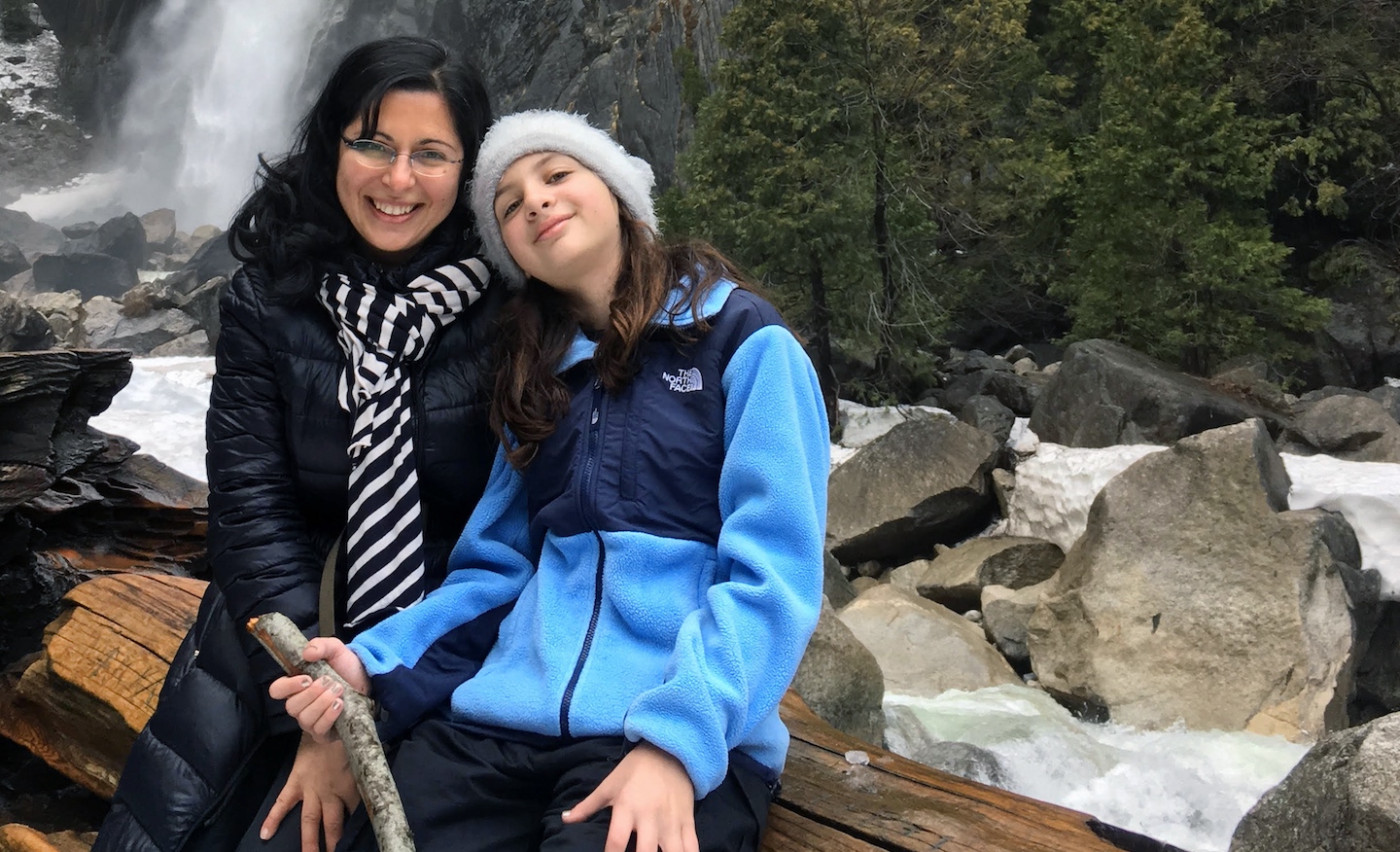
Jeanne Paz, PhD
Associate Investigator
During my scientific training, people told me I had to give up on the idea of being a mother in order to fully focus on my career and be competitive on the academic job market. My message to others who are told the same thing: prove them wrong.
Although it can be challenging, being a mother is compatible with being a scientist in academia.
Motherhood taught me many things that science hasn’t. Although it can be challenging, being a mother is compatible with being a scientist in academia.
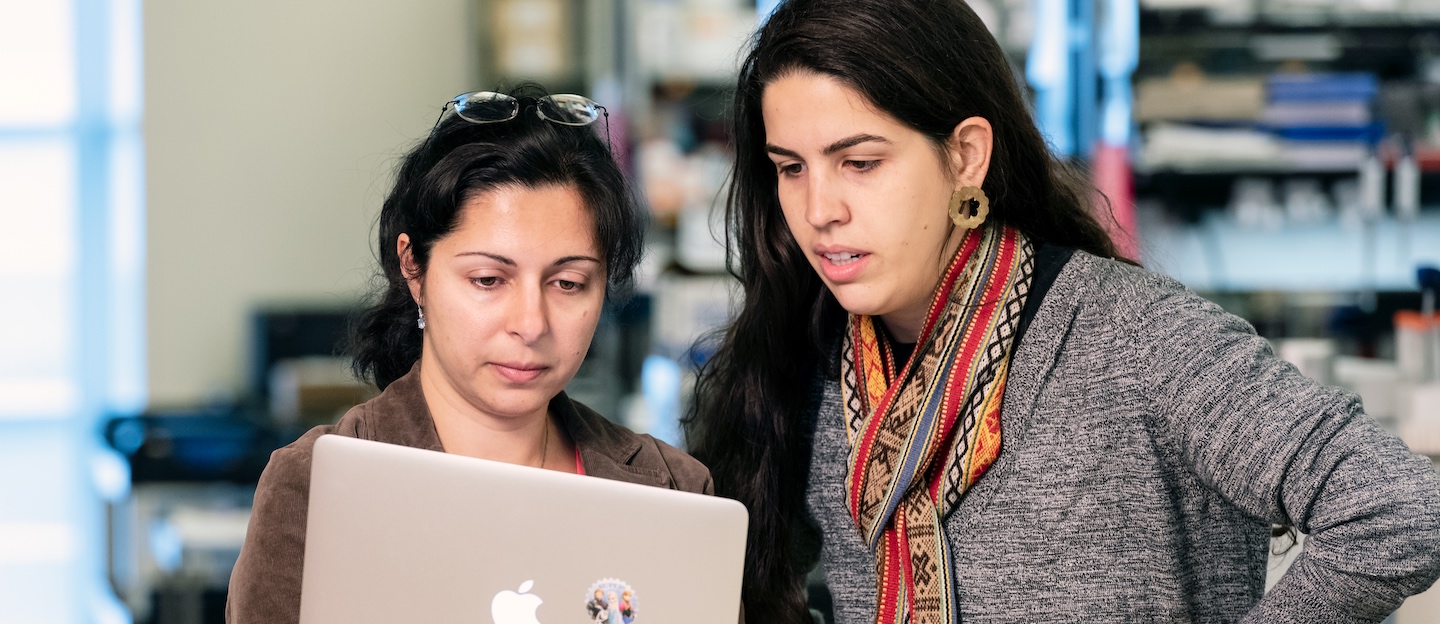
But organizations need to do more to support mothers, such as investing in daycare options or providing support for childcare fees. Being a trainee and a mother is becoming a luxury; mothers who are students or postdocs are too often forced to leave their academic career unless they have a partner or family that can financially support them. If we exclude young scientists who cannot afford childcare, we will lose their potential contributions to scientific progress.
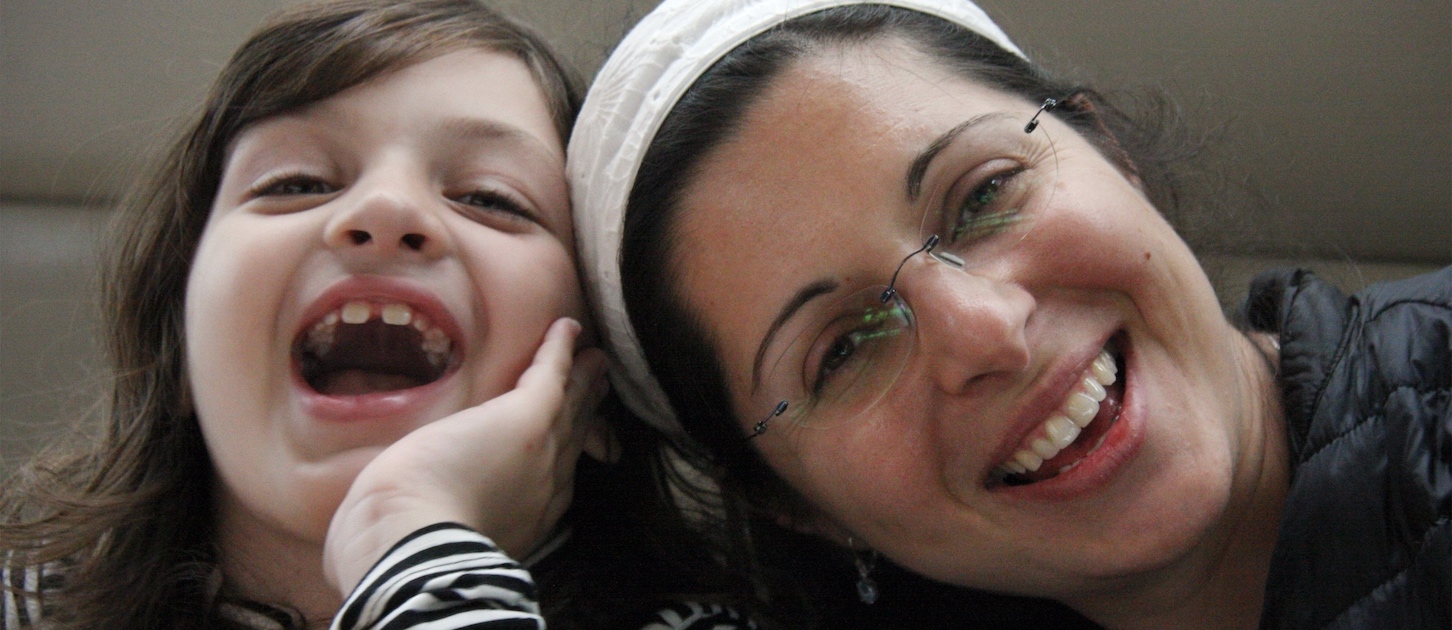

Lise Barbe, PhD
Staff Research Scientist
Finkbeiner Lab
I realized there’s no perfect time for an early-career scientist to start a family. Whether you’re a graduate student, a postdoc, or starting your lab, you can easily work over 10 hours a day to get through all your responsibilities. At one point, my desire for a family was higher than sticking to that pre-set “ideal” path to scientific independence through the academic route.
Everyone will need to adjust to motherhood differently; finding your own balance here is key.
I spoke with mothers I knew in my field and got some great perspectives on alternative career schedules, alternative career paths, and just being easier on yourself to not fit that predefined path. For me, that meant stepping into a slightly different role to be more financially stable as a household, letting go of the PI dream for now, and getting an opportunity to work from home part-time.
I would love for my daughter to see a successful scientist discovering treatments for diseases when she looks at me, but I also want to make sure she has the chance to actually look at me, spend time together, and create memories. Everyone will need to adjust to motherhood differently; finding your own balance here is key.
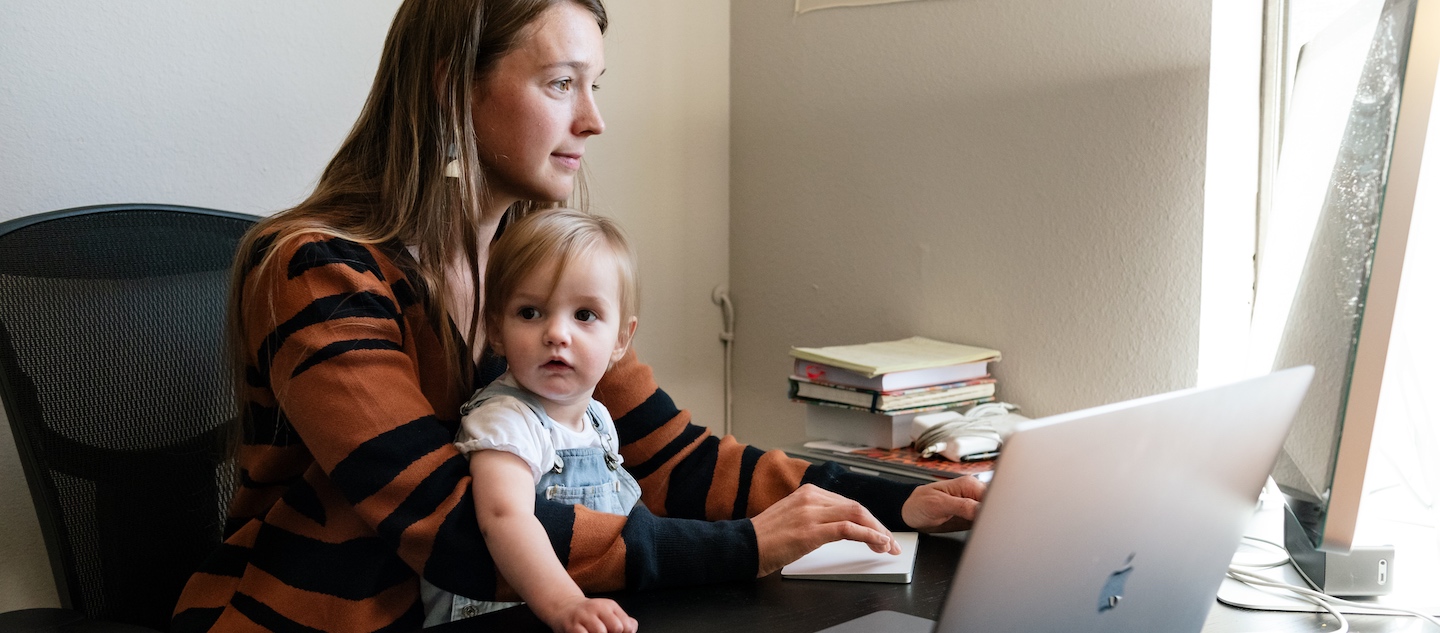
Organizations and colleagues can also support mothers by keeping in mind that motherhood is a second job, workload-wise. Raising a child is a 24-7 job; the responsibilities begin before the work day and continue after it ends. My own schedule significantly changed since becoming a mother and I’m very happy with the flexibility my supervisor, my team, and Gladstone have given me to continue to work efficiently while being there for my daughter.
Organizations and colleagues can support mothers by keeping in mind that motherhood is a second job, workload-wise.
Organizations can help by ensuring flexibility in work schedules and locations (when possible), supporting breastfeeding, and holding meetings between 9am and 4pm to allow for different daycare, school, and household schedules.
Additionally, the stress that comes with transitioning back to work after childbirth and pregnancy leave is significant. Many things that your body might have been able to do before having a baby—both mentally and physically—it cannot anymore. Mental health support, or frankly longer time off after becoming a parent, would benefit all families and children by allowing more time for mothers to heal and adjust to a new lifestyle of juggling two jobs, scientist and motherhood.
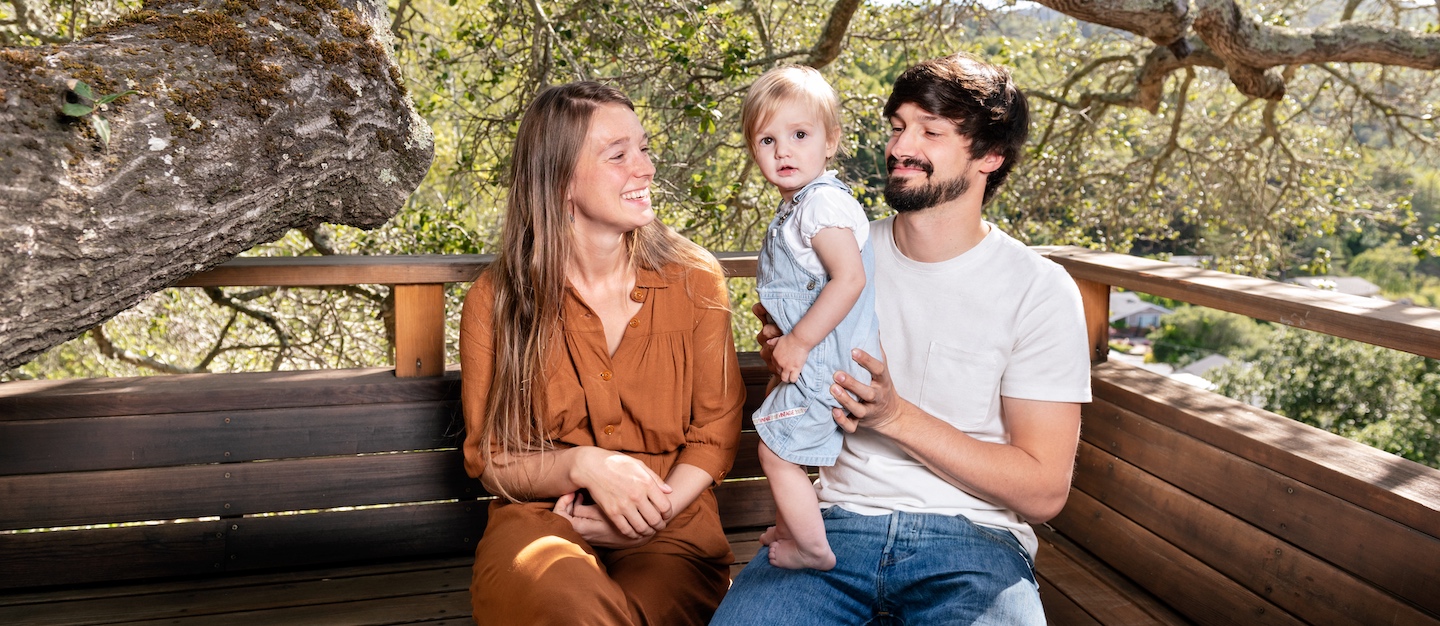
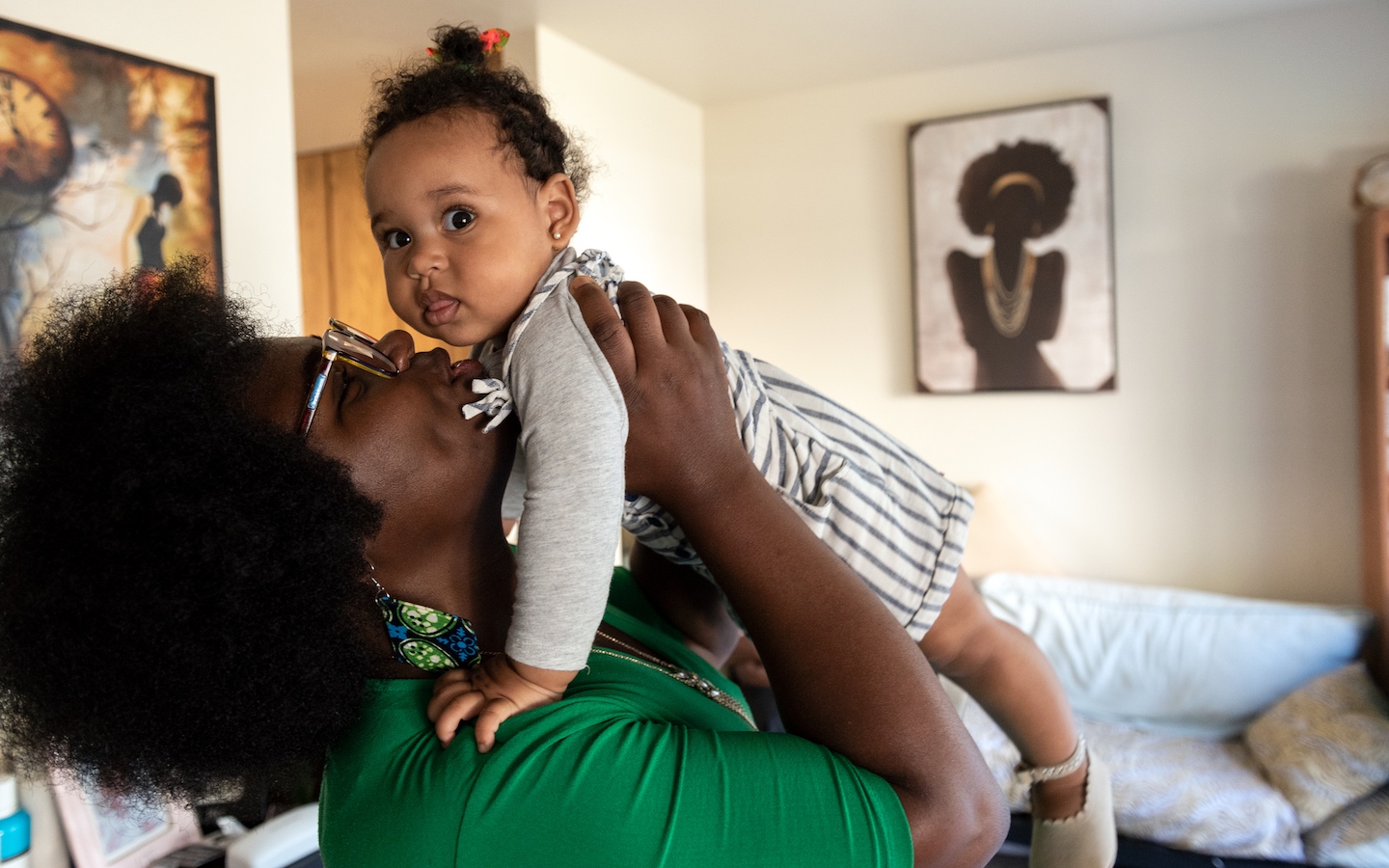
Catherine Tcheandjieu, PhD
Assistant Investigator
It has been challenging to manage motherhood and my work as a scientist during the pandemic. My husband and I had to reorganize our schedules, especially during times when we didn’t have anyone else to help during the day. My husband would start his work day very early, and I would work part-time in the morning while also taking care of our baby, then I continued my work in the afternoon and evening while my husband cared for our baby. This was especially difficult when we both had meetings at the same time!
Since becoming a mother, I have had to be more deliberate with my schedule, and I cannot do work late at night the way I used to.
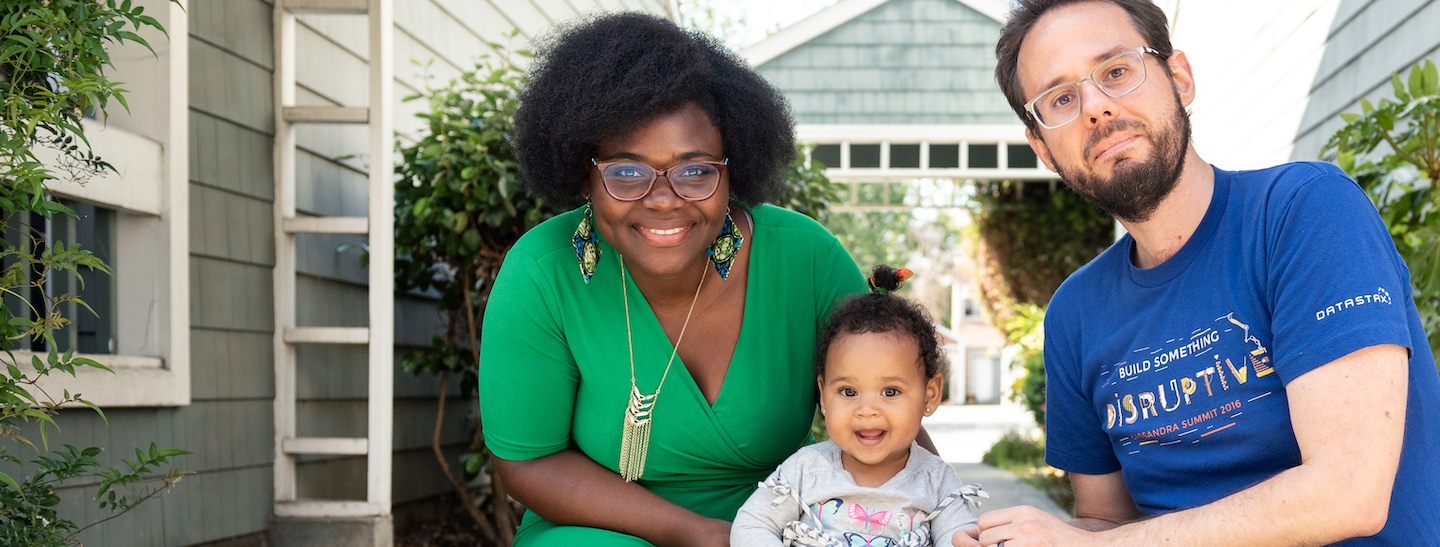
Since becoming a mother, I have had to be more deliberate with my schedule, and I cannot do work late at night the way I used to. However, I’m more time efficient and productive during the time I allocate for work, and I’m more focused on achieving my daily goals.
I do wish the scientific community, and specifically academia, were more supportive of mothers and parents in general. If organizations provided more flexibility and accommodations for mothers, it would definitely make a difference and prevent so many mothers from leaving STEM.
For example, childcare is a big issue, particularly in areas like San Francisco where everything is so expensive. Subsidizing childcare could really relieve some of the pressure felt by mothers in STEM and help them afford to devote time to their research.
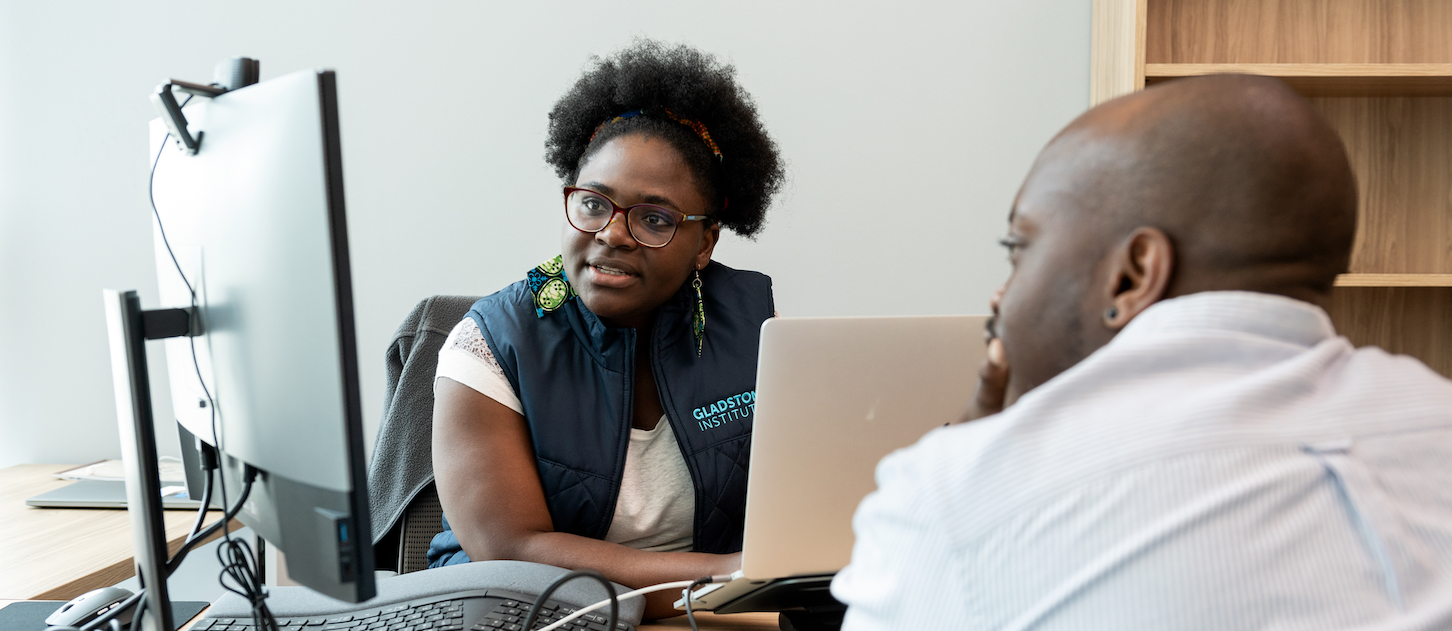
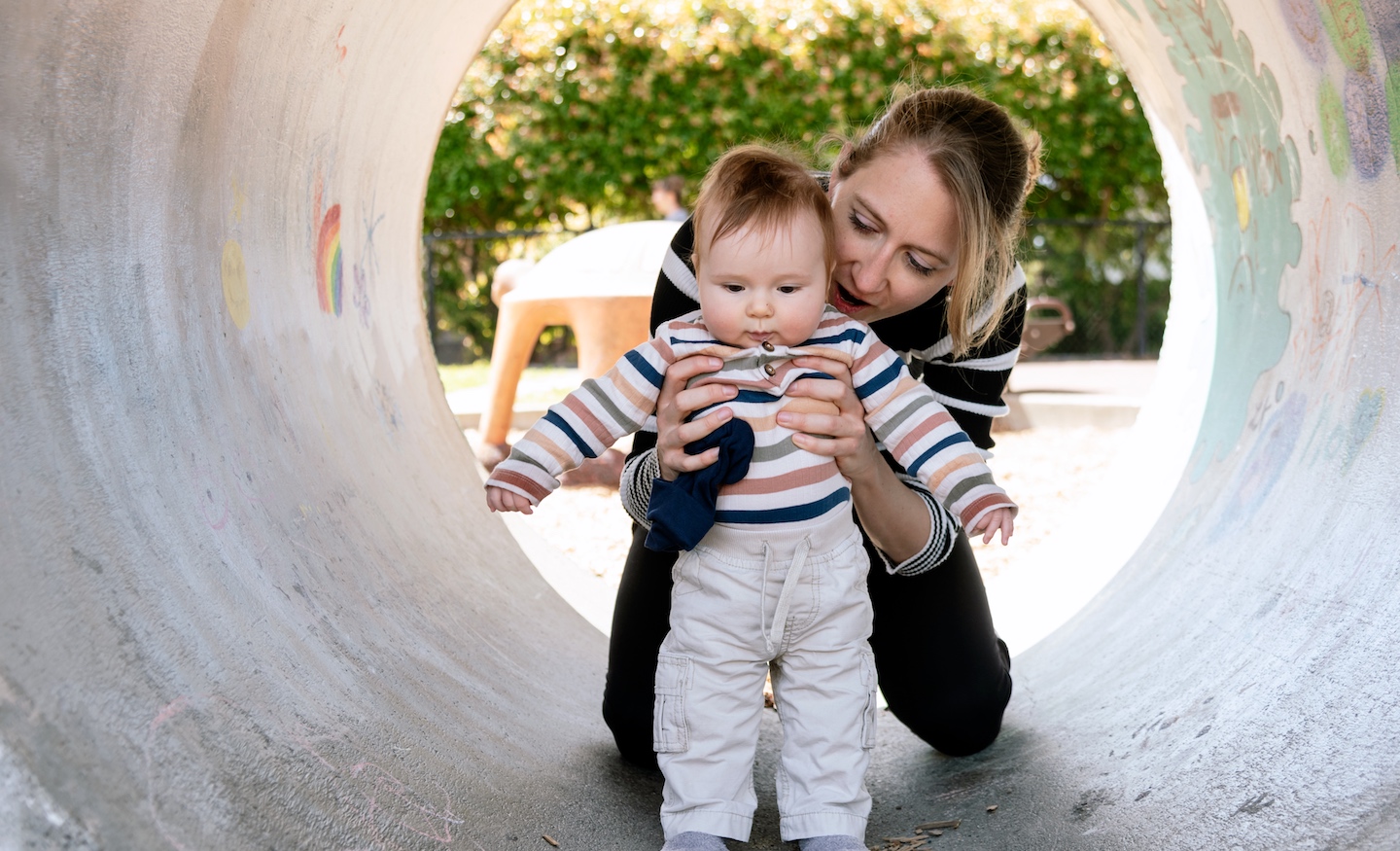
Karin Pelka, PhD
Assistant Investigator
While watching our son’s development from birth to now, it struck me how much there is to learn at the start of our lives and how resilient children are when it comes to failures. Whether it’s grabbing a toy, rolling over, crawling, or walking and talking, it takes countless failed trials until it finally works, but we all master these and much more advanced skills eventually.
Academic organizations could and should provide affordable, easily accessible, and high-quality childcare to support mothers who are scientists.
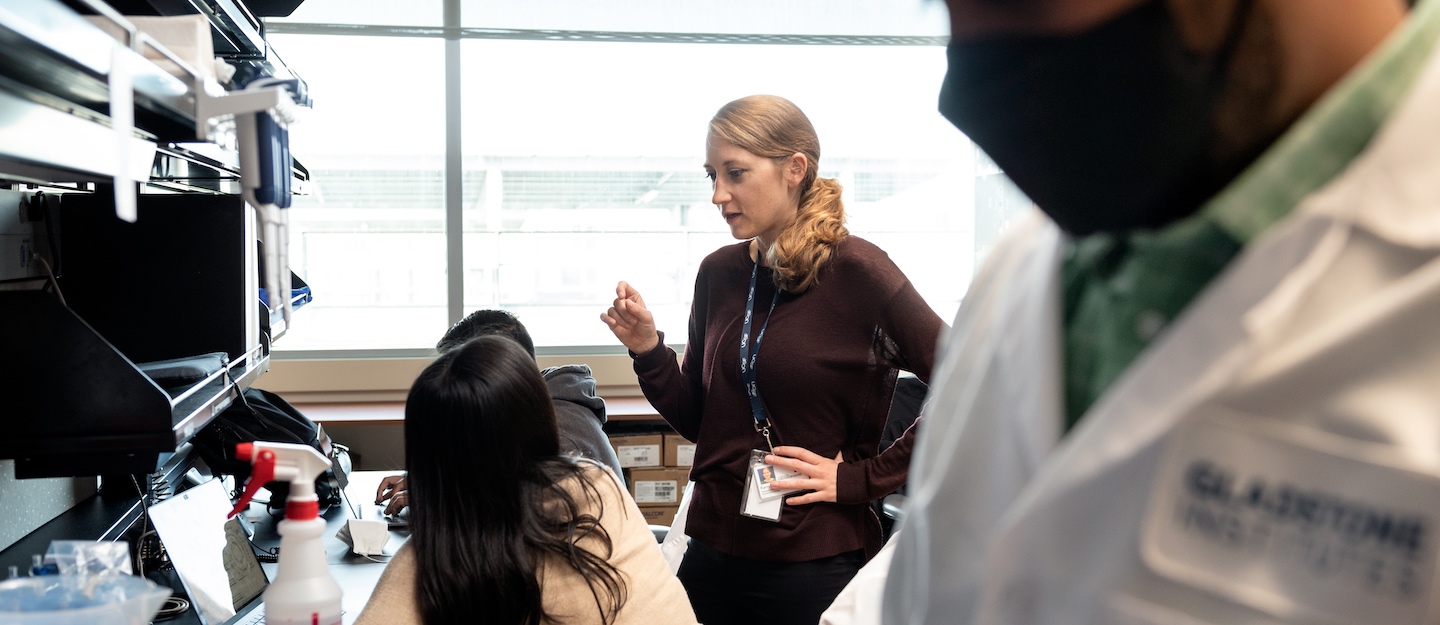
The path of a scientist is very much one of constant learning and it is full of failures and rejections. Being reminded that we have this wonderful ability in us to just move on with seemingly endless energy and try again until it works is really inspiring.
Being a mother and being a scientist is an exciting, non-stop adventure. However, juggling both is also extremely challenging. One thing that I feel academic organizations could and should do much better in order to support mothers who are scientists, is to provide affordable, easily accessible, and high-quality childcare.


Katie Pollard, PhD
Director, Gladstone Institute of Data Science and Biotechnology
Having role models who are also mothers can make all the difference in helping women stay in STEM.
My mentor’s positivity about motherhood gave me confidence that I would be okay.
My undergraduate mentor, Ami Radunskaya, PhD, is a mother, a musician, a mathematician, and a great professor. She leads the national EDGE Program to enhance diversity in graduate education and was featured in the 2014 documentary, “The Empowerment Project: Ordinary Women Doing Extraordinary Things.”
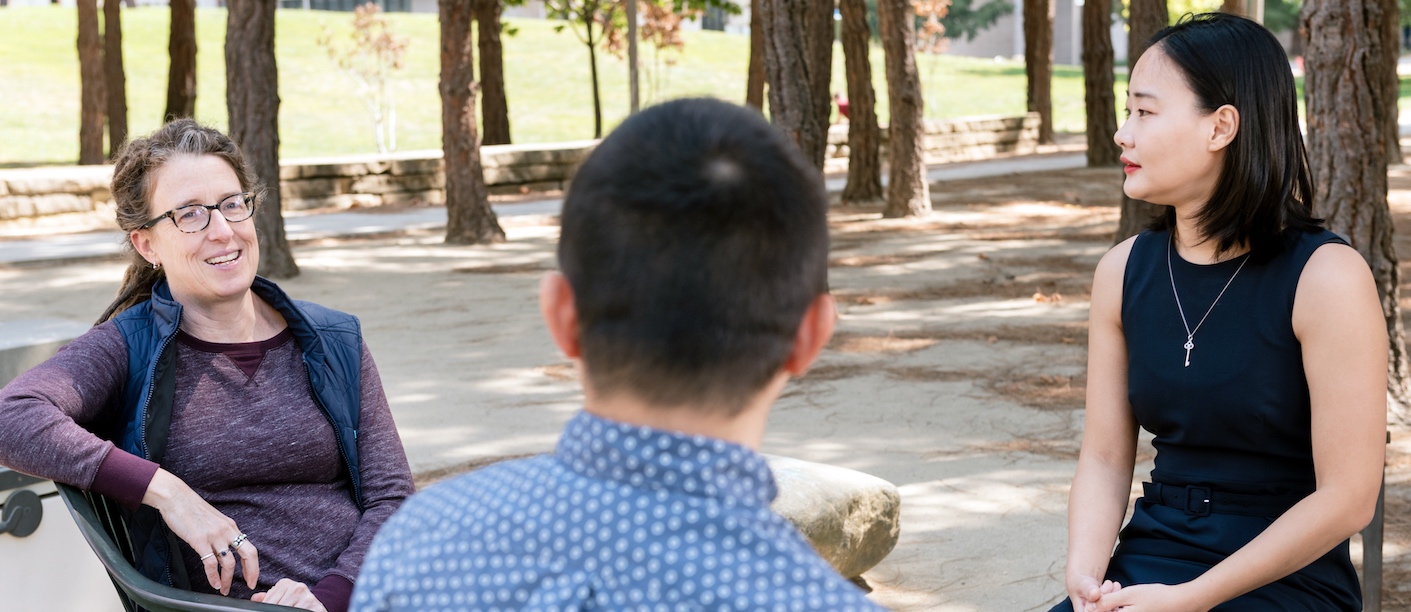
When I was an undergraduate, Ami inspired me to stick with mathematics by showing me that math is fun and that mothers who do math can be passionate about their hobbies and their families too. Later when I was pregnant with my twins, I recalled her sharing the story of the day she went into labor, and her positivity about motherhood gave me confidence that I would be okay.
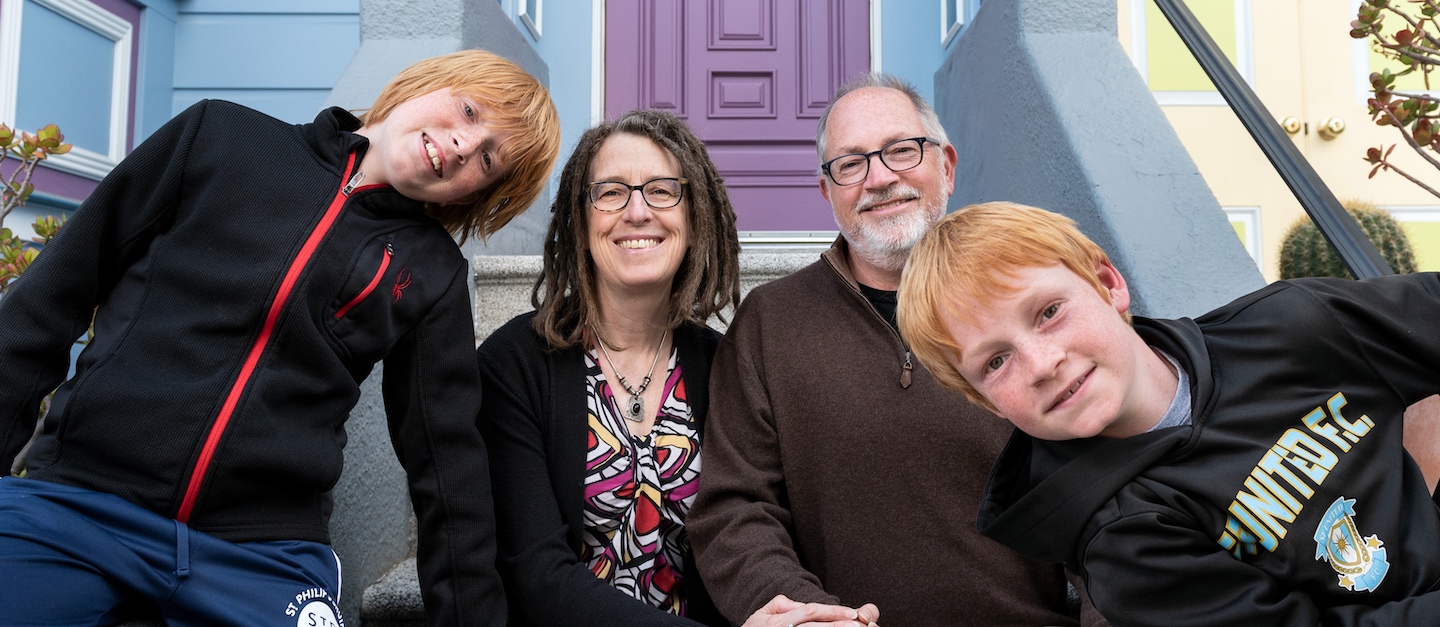
As part of the diversity, equity, and inclusion strategy, Gladstone is committed to supporting mothers, and all parents, with their unique challenges and experiences. For instance, we launched a relief program to address the financial hardships that community members have faced as a result of the COVID-19 pandemic, which include childcare costs. We also recently launched an in-house Counseling and Wellness Center to provide mental health benefits and resources to all Gladstonians. Much more needs to be done, and we continue to explore ways in which we can provide flexibility and support to everyone at Gladstone.
Want to Join the Team?
Our people are our most important asset. We offer a wide array of career opportunities both in our administrative offices and in our labs.
Explore CareersHighlighting Native American Scientists
Highlighting Native American Scientists
Learn more about these indigenous scientists who’ve made an impact on their fields
Communications DiversityNeurodiversity in the Workplace
Neurodiversity in the Workplace
Hear about the “Strengths-Based Model of Neurodiversity” and how it can help neurodiverse individuals be successful in finding employment and in maximizing their professional potential
Communications DiversityPUMAS Program Receives Five-Year Grant to Fuel Outreach, Diversify Science
PUMAS Program Receives Five-Year Grant to Fuel Outreach, Diversify Science
The impactful summer internship program, created at Gladstone Institutes, immerses select undergraduates in cutting-edge science
Postdoctoral and Graduate Student Education and Research Development Affairs Student Outreach and Science Education Institutional News Diversity

